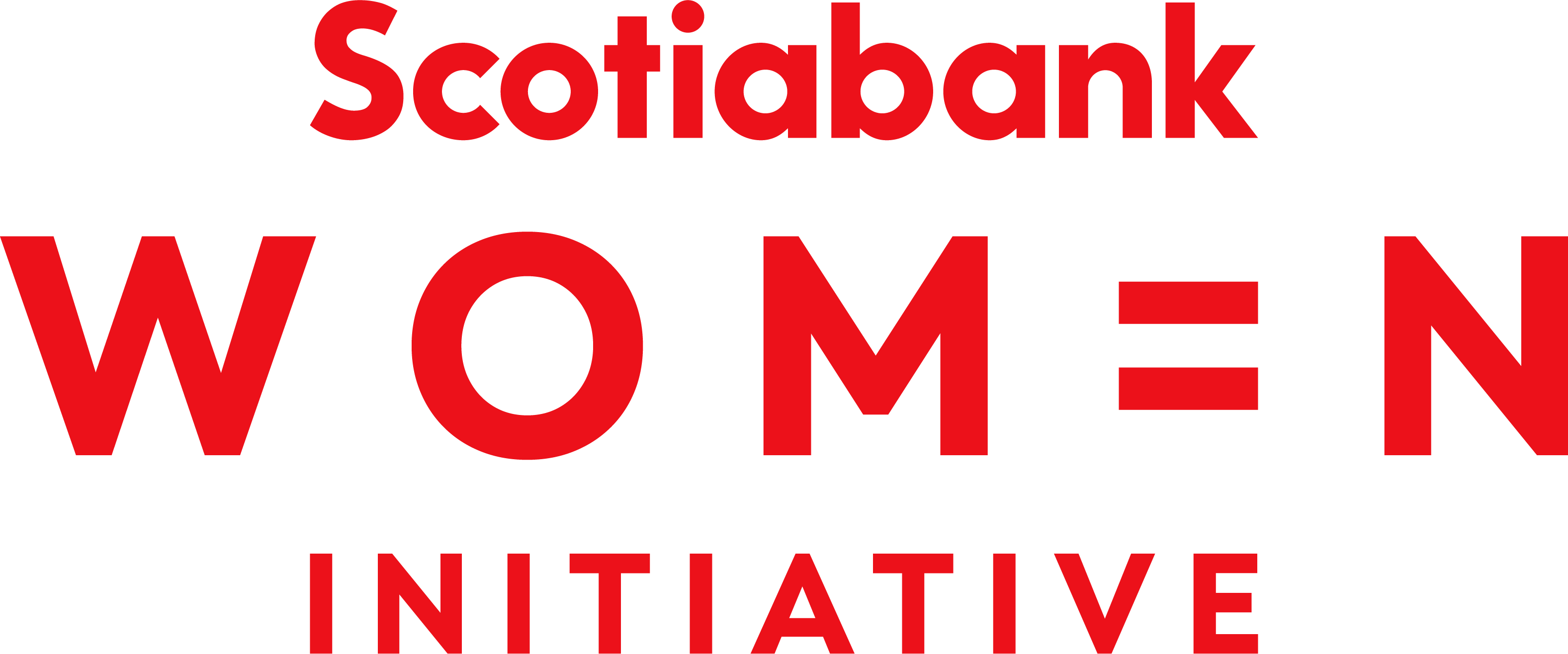Written by Jose Martins, HubSpot
At HubSpot, there’s an old but very well known story about the early days. It may very well be the story that transformed the trajectory of the company into only one of a handful of SaaS organizations growing over 30% after hitting $1bn in revenue.
The story is about the day the marketing team had a big party to celebrate their success in the prior month as they had completely smashed their lead generation goal. The marketing machine was humming and there was no stopping HubSpot now.
It was also the same day the sales leadership team blocked a full day of emergency meetings to analyze why they had failed to get to their quota for the first time.
It’s happened to thousands of teams. Maybe it has even happened to you.
One of the biggest challenges of modern marketing and sales teams is to find alignment in an increasingly digital world. I see it day in and day out: Sales blames Marketing for a lack of leads and Marketing blames sales for not working the leads they generate for them.
So how in the middle of such an obvious display of misalignment have the teams at HubSpot found the key to unlock explosive growth? Enter Lead Scoring.
Turns out what the teams quickly realized is that lead generation is not a volume game, it is a quality game. We all know that not all leads are created equally, but it’s been historically hard for companies to identify which leads are most likely to become a customer. That’s changed completely with the advent of digital marketing as now marketers are able to understand the demographics and behaviors of their most valuable leads by analyzing online behavior.
For example, imagine two leads in your database: Julia A, and Julia B.
Both Julia A and Julia B are your ideal Buyer persona and both work at a +1000 company which is your target segment. They both visited your website yesterday. Julia A was a returning visitor that in the past 6 months had also read 5 of your blog posts and filled out a form 3 different times using her work email to download your content. Julia A also spent 5 minutes on your pricing page right before she left your site yesterday. Julia B was a first-time visitor who subscribed to your blog using her Gmail account and has not opened the kickback email after she filled out the blog subscription form.
Now, if we had to take an educated guess, it’s more likely that Julia A will become a customer soon (Julia B might become a customer as well but it’s fair to assume there’s more nurturing is needed before she does).
Lead scoring allows you to literally assign a score to every lead in your database so that Julia A gets more immediate attention than Julia B. This score is based on two sets of criteria:
- Demographic: information that a lead tells you about themselves and their company when they fill out a form or that you gather from the internet (e.g. age, role, company size, income)
- Behavioral: the information that you gather digitally by observing their behavior when the lead interacts with your digital marketing assets (e.g. page views, downloads, clicks, email opens)
You might, for example, assign one point for each site visit and 5 points for each form submission. You may assign 15 points for specifically viewing the Pricing page or negative points if someone uses their personal email instead of their work email (useful if you’re selling B2B).
Lead Scoring is exactly how the marketing and sales teams of HubSpot found alignment in the early days. Both teams agreed which leads had more value and also agreed about the appropriate response time from sales. For example, a lead that passed the threshold of say, 40 points, would be rotated to a sales executive and they had to have a first contact within 24 hours, and 5 attempts to connect in the first 7 days. On the other hand, leads with a score of under 40 would be plugged into the lead nurturing machine whose purpose is to use marketing automation to build trust and interest from leads.
With lead scoring, the marketing team is able to allocate their marketing resources and budget accordingly to each segment of the database and can optimize for achieving a lead generation quota based on points. Instead of worrying about generating 1000 leads, the team can now focus on generating say, 5000 lead points with much better targeted campaigns.
The sales team is focused on working only those leads that are showing signals that they’re close to a purchase.
Furthermore, now both teams have a basis for aligning. They can concentrate on which leads are actually being closed and adjust the point system (using Attribution Models) which will undoubtedly change with time. For example, early on when a company is unknown, a request for a demo is worth a lot of lead points, but then when the company or product becomes well known, then a request for demo is usually worth less.
Both teams can also pinpoint which lead flows have the highest closing rate (e.g. “Talk to Sales” leads convert to customer at a 20% rate vs. “Learn More” leads convert at a 5% rate) which goes a long way in terms of sales team productivity.
Finally, there is a key competitive advantage that comes from aligned sales and marketing teams using lead scoring: Customer Experience. There’s nothing better than having a sales team respond promptly to your request for help because they’re not distracted with non-buyer leads. There’s also nothing worse than subscribing to a blog you found interesting and having a rep from that company call you 5 minutes later.
So, what do you think? Would your teams (and customers) benefit from lead scoring?
